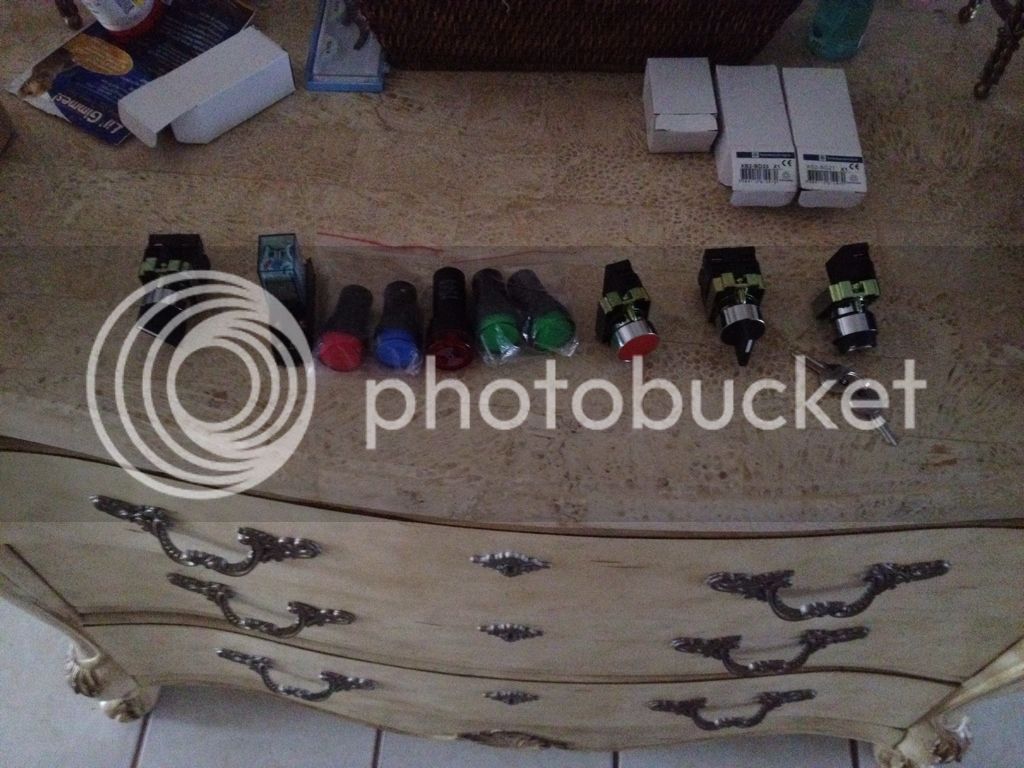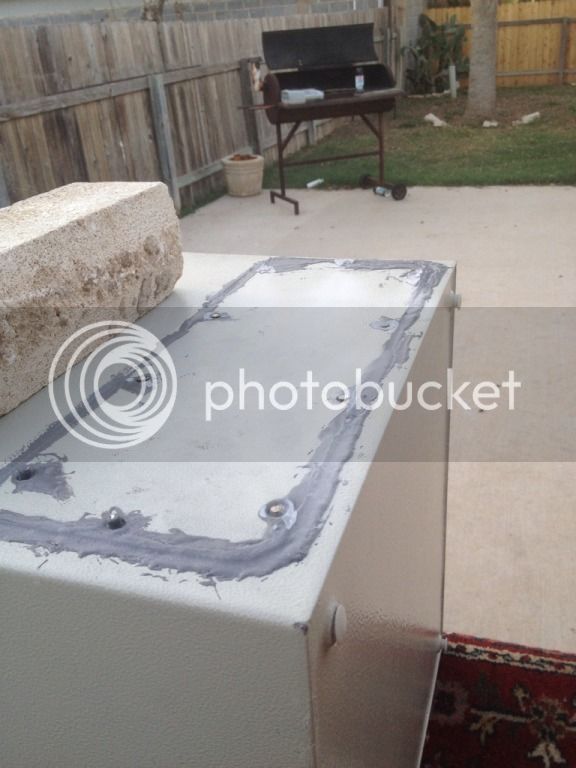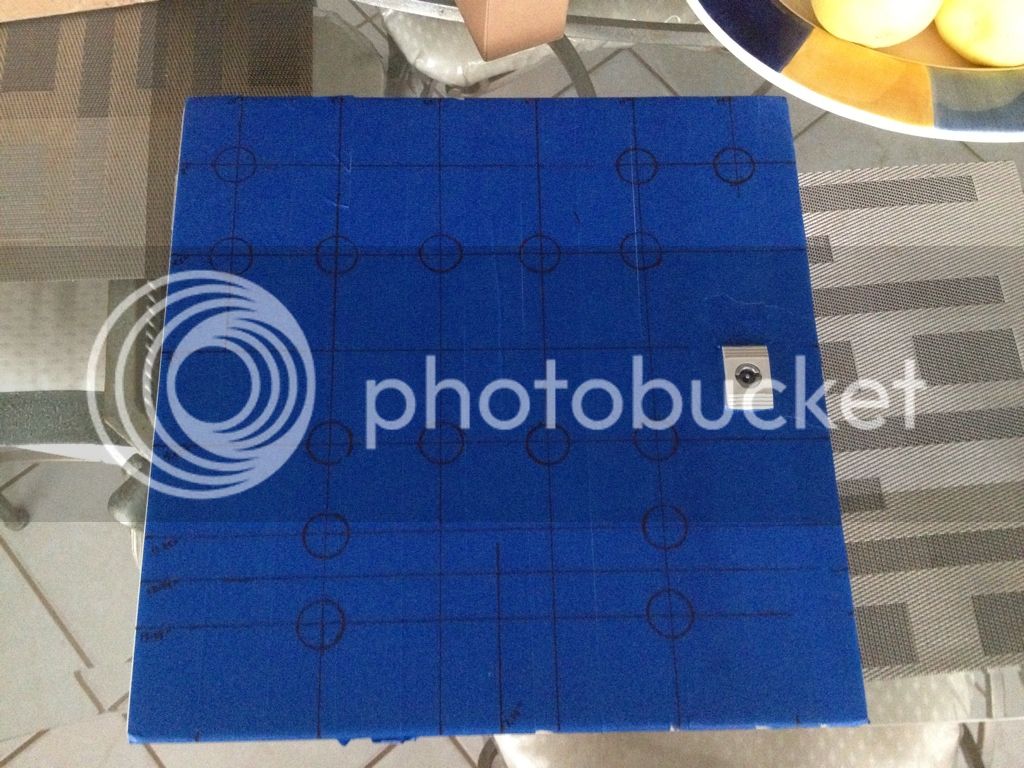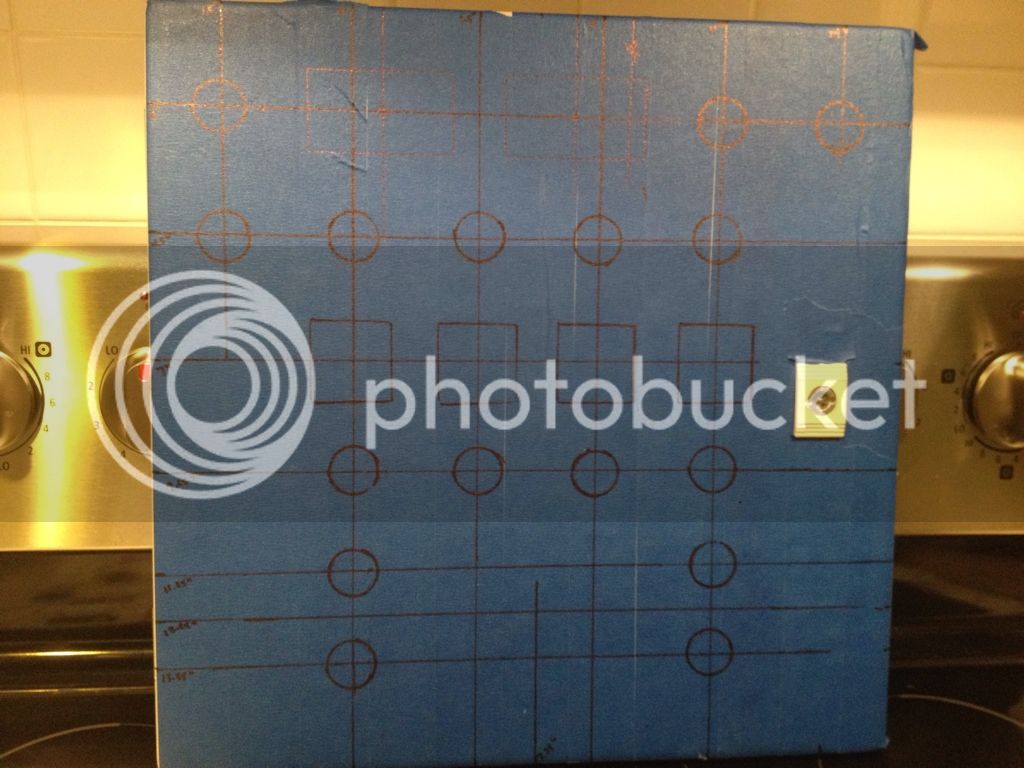I know the neutral and ground are tied at the main panel. But last time I checked, that's the only place you're allowed to do that, according to code. Neutral is supplied as the preferred path for return current, and the ground is a safety backup path in case the neutral fails, or a hot wire is somehow faulted to the chassis. Without that safety, YOU become the backup path.
This is one of those grey areas where advice is worth everything you paid for it. If nothing else, we're talking about setting something up that doesn't meet current electrical code. That literally means that if there's a failure and a fire (Or worse), your insurance will tell you to climb a tree.
You'll probably be fine. But, if it were me, I'd have 2 options:
1) Wire the 3-wire 240 properly. 2 hots and a ground. Get my 120v from a normal receptacle nearby and run the pumps and controls from that.
2) Pull in a ground wire from the main panel, move the spa GFI there, hook everything up according to the diagram with my new 4-wire 240 volt circuit.
Tying the neutral from the panel to ground at the spa panel is just strange to me. It's still a neutral, it's just green now.
Yes, it was legal until what, 1997? Yes, it will probably be fine (As long as your neutral wire is in tact between the GFI and the equipment).
There's a good read here (Same argument, and still worth everything you paid for it)
Specifically posts 10, 16, and 18.
Ever leaned up to a display case at a store and gotten a tingle from the metal parts? This is exactly why that happens.
Another good read and explanation here:
Look, It's not like it should kill you if you do things this way. It probably never will. I'll probably never get hit by lightning or win the lottery either. It doesn't mean I want to go golfing in a thunderstorm, or operate marginally wired high current electrical systems full of water in flip-flops.
Ground your ****




























